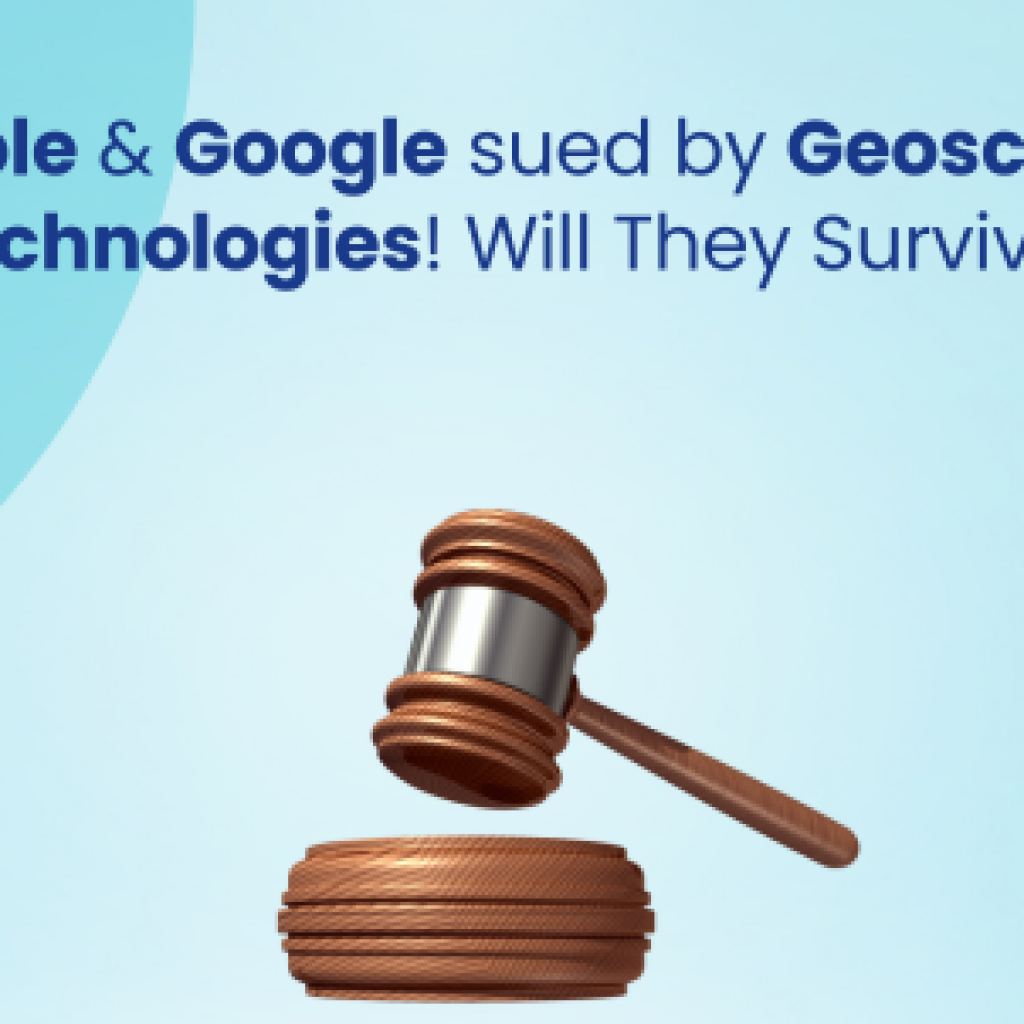What happens when a company has a strong patent portfolio but is not able to convert the IP assets into financial ones? Add to it, the rising operational costs that are affecting the financial health of the company.
Now picture this – the aforesaid company is your key competitor and is going to file for bankruptcy soon. Its patented products are the only rival to your products in this segment. Would you be interested in their patent portfolio? Or, would you drop this acquisition opportunity? You may say that you know everything about companies in your domain but what if this company is based out of China. Would you consider it?
Before you make a decision, let’s throw in another situation.
Let us assume – Another big company that never forayed in this domain is suddenly interested in its portfolio and plans to acquire it. What happens if it acquires their patent portfolio? What if it creates a bigger brand by coupling their patent portfolio with its own and forays into the new segment?
In this scenario, both the companies which have the option to acquire the financially bankrupt company with a strong patent portfolio can benefit in their own special ways. One company can become an undisputed leader, whereas the other can foray into a new field and diversify in the quickest time period while also gaining by spending the least resources on Research and Development for their new range of products.
A real-life example of similar circumstances is that of Best Buy, an electronics retail company, which acquired the health and safety solutions company GreatCall for $800 million in order to move beyond the retail segment and venture into a new sector. Tech giant Google, too, has immensely benefitted from acquisitions – by later expanding their product range – of varied patent portfolios ranging from Android to YouTube, and DoubleClick to Motorola Mobility.
Assuming that you are able to acquire the whole patent portfolio of your competitor, there are chances it would make you the principal manufacturer in the sector. This would be similar to the purchase of intellectual property for $40 Million by Facebook from MOL Global – patents formerly held by rival Friendster – to maintain its dominant position.
In the above-mentioned examples, it is definite that the acquiring companies would have conducted a precise evaluation of those patent portfolios before the acquisition.
The question that crosses the mind is – How can one assess and evaluate the quality and worthiness of a patent portfolio?
The answer is simple – By conducting patent due diligence.
What is Patent due diligence and how it could help in acquisitions?
Patent due diligence, is essentially an audit to assess the quantity and the quality of patent assets owned by, or licensed to, a company, business, or an individual. It also includes an assessment of how intellectual property is captured and protected by the relevant company or business.
Based on the needs, a patent due diligence strategy could be crafted which would fall under and include one or more of the following types of evaluations, namely – Strategic, Procedural, Qualitative and Tactical. Let us analyze each one of them separately.
Strategic Patent Due Diligence
This assessment examines the manner in which the desired patent assets can be tailored to fit into the current strategy of the acquirer.
The situation discussed earlier is a good example of a strategic patent due diligence. In that scenario, two companies were interested in the patent portfolio of a bankrupt company. Their reasons for acquiring the company were strategic decisions and was revealed by this due diligence.
Thus, whenever there is a possibility of acquiring another patent portfolio, it should be assessed on the ground that how the company will benefit from the same. These benefits may range from stopping a competitor from acquiring it or commencing business in a new territory or sector.
For instance, Snap (SnapChat’s Parent Company) acquired the geofilter patent belonging to Instagram competitor Mobli for $7.7 million. Other examples include the acquisition of WhatsApp by Facebook, Deep Mind by Google, and Siri and Shazam by Apple.
Procedural Due Diligence
Under this assessment, only the technical aspect of the portfolio is evaluated. This is also an important aspect in determining the key pointers, including, but not limited to: exact number of patents available for acquisition, whether all applications have been correctly filed, how many patents have been granted, how many are pending and the stage at which they are pending, any oppositions filed against the patents, any patents due for renewal, etc. This information can help in determining the exact strength of the patent portfolio.
Assume a situation where the patents for some popular vaccinations are up for sale, however, these patents are nearing expiry, after which they may enter the generic domain. It is only by Procedural Due Diligence this sort of information comes to light. A classic example of a lapse in this regard is the purchase of IP assets of Rolls Royce and Bentley by Volkswagen in the tune of $900 million. It was only after the deal was sealed that Volkswagen realized that the trademark “Rolls Royce” was owned by BMW through a prior agreement. Volkswagen then had to enter into a separate agreement with BMW for the said trademark.
Quality Due Diligence
This analysis is used to verify the real strength of a patent portfolio. The quality check is not just a formality, but a proper examination to determine the details of a patent portfolio. It helps in analyzing how the patents can actually be used by the acquirer.
After assessing the quality of each patent, the assessee can conclude the real value of the particular patent. It also helps in determining whether – the patent satisfies the criterion prescribed under the legislation, whether the document is properly described to include the whole invention, or are there any missing claims, etc.
Not just that, this due diligence highlights other issues like:
- What if the claims of a patent document do not cover the key technology?
- What if there is a significant portion of the document which is not properly drafted?
- What if the technology required for working is not mentioned in the document?
- What if there is a significant overlap of the patents with a competitor?
All these issues can only be recorded after the quality due diligence is completed.
Tactical Due Diligence
After all the other aspects of Due Diligence are completed, then the tactical assessment is done. It provides recommendations to all the queries raised under the strategic, procedural and quality analysis of a patent portfolio.
Under the tactical review, the following details can be examined –
- How can the strategies of both the parties (acquiring and to be acquired) be aligned for the smooth transition?
- What key steps are required to be taken?
- What procedure or process must be followed?
- Are any renewals to be filed; are any responses to FERs due; are any oppositions or counter-statements or any procedural requirements pending to be filed; any priority applications pending; etc.
Conclusion
A strong patent portfolio can prove to be a financial blessing that can provide instant momentum to businesses. It is, however, critical for the acquirer to ensure that the patent portfolio, which is being acquired is not only healthy but suits their requirements and does not disrupt their current IP assets. There are examples where the acquired assets had been sold at a discounted price like the sale of Motorola by Google to Lenovo.
In determining the actual health of a patent portfolio, all these evaluations – strategic, qualitative, procedural and tactical, each have a different role to play. Thus the holistic approach towards Due Diligence is critical and must not be overlooked. A cumulative assessment must be undertaken before rushing into any new deals or acquisitions by either party.










